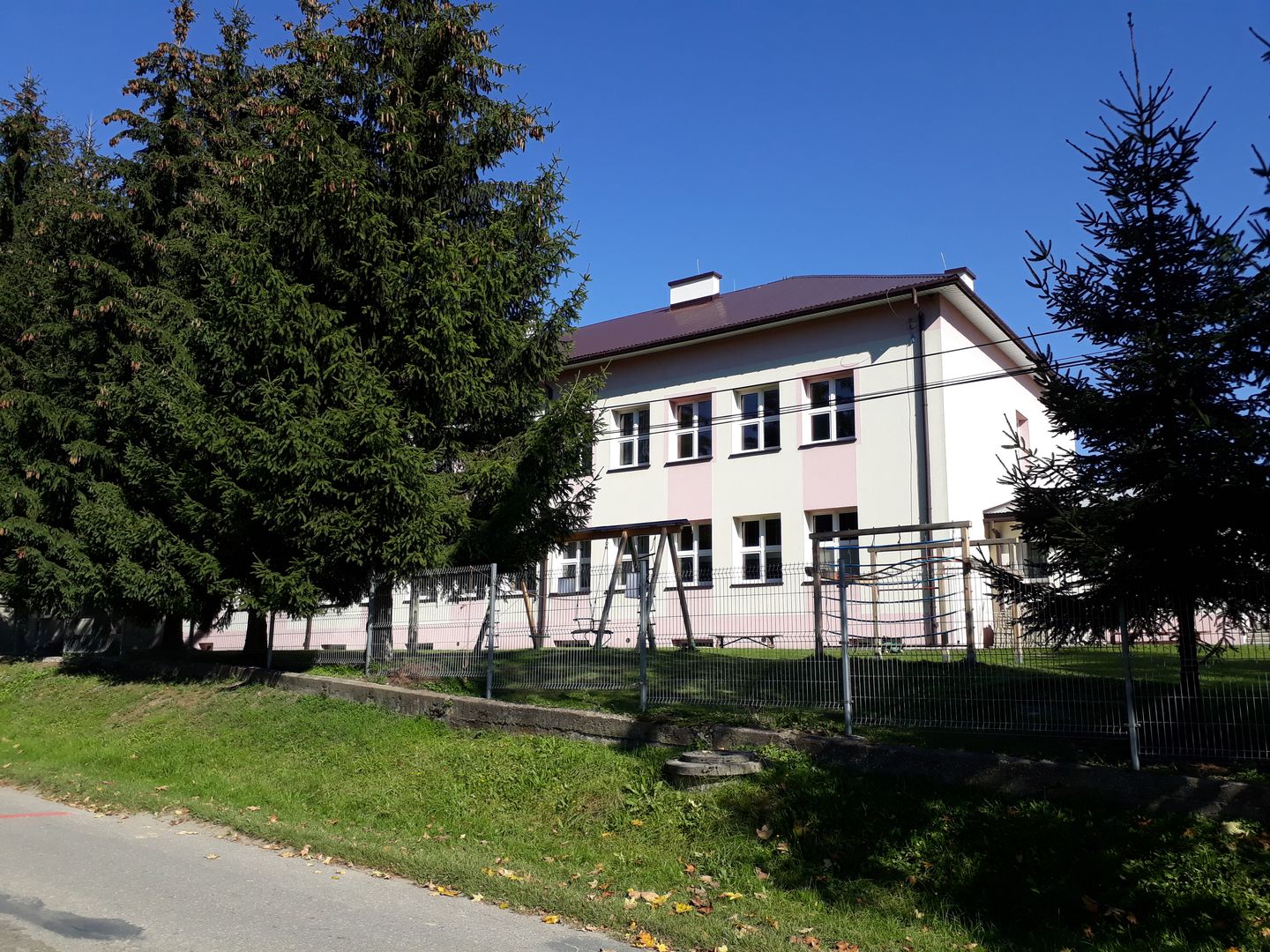Bystra
6.78

Overview
Bystra is a village located in the Lesser Poland Voivodeship, in Gorlice County, with a rich history dating back to the 14th century. The settlement was established on previously undeveloped land, and in 1369, King Casimir the Great transferred it from Polish to German law. The village was part of the royal estates, and records from the second half of the 18th century show that at that time, it was home to 6 farmers and 36 cottagers, and also had a mill and a brewery. After the First Partition of Poland, Bystra found itself under Austrian rule, which influenced the further development of the settlement. In the 19th century, a school was established here on the initiative of Father Józef Radecki, and between 1906 and 1907, the Groblewski family built a new manor surrounded by a park. Bystra was administratively divided, and after World War II, an agricultural school was opened in the manor building. Culturally, the village actively participates in local life through various organizations, such as the Volunteer Fire Department, the Housewives' Circle, and the local primary school. Bystra is home to a Neo-Gothic church dedicated to St. Joseph, the Spouse of the Blessed Virgin Mary, and next to it is a cemetery where General Aleksander Jasiński-Sas is buried. An interesting fact is that during World War II, the Pyrków family provided help to a Jewish boy, Samuel Oliner, for which they were honored with the title of Righteous Among the Nations. The village lies in the picturesque valley of the Bystrzanka River, surrounded by the Beskid Mountains, making it an attractive destination for cycling and hiking tourism. In 2021, the village had 1,516 inhabitants, reflecting its ongoing development.
Location
2025 Wizytor | All Rights Reserved